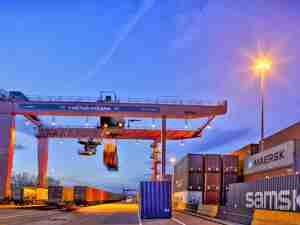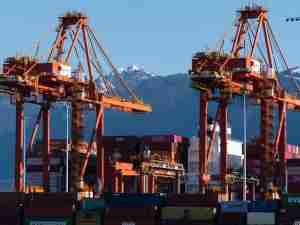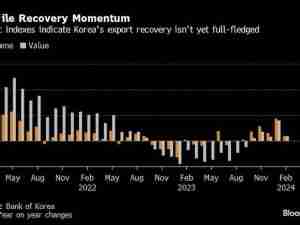Opening remarks, as prepared, of Committee on Transportation and Infrastructure Ranking Member Sam Graves (R-MO) from today’s hearing entitled,” Protecting Transportation Workers and Passengers from COVID: Gaps in Safety, Lessons Learned, and Next Steps”:
Thank you, Chair DeFazio. I appreciate our witnesses being with us today to testify about the impact that the COVID pandemic is having on transportation workers and how we can continue forward through a safe recovery.
The pandemic has ravaged our country since the first U.S. case was reported in January 2020. Many workers can’t work virtually like we are today and continue to show up in-person to perform the essential services that we all rely upon. Notably, this includes our frontline transportation workers that make sure our grocery store shelves stay stocked, transport people safely across the country, and ensure that other frontline workers can get to their jobs to help serve the public.
Just like the overall economy, different sectors of the transportation economy have been impacted in different ways by the coronavirus. Since the last time we examined this topic, Congress has authorized an unprecedented amount of $113 billion to support different sectors of the transportation industry to ensure that workers stay employed and that these businesses can bounce back quickly. This assistance includes grants totaling $60 billion for airlines, airports, and their contractors; $39 billion for transit systems; $10 billion for state departments of transportation; $2 billion for Amtrak; and $2 billion for motorcoach operators, school bus companies, and passenger ferries. We need to ensure that all of this money leaves the federal government and gets to the intended recipients as soon as possible.
Moving forward through the recovery, we must make smart, safe, and responsible decisions to get our workforce going and businesses hiring again. This will affect our ability to restart and reconnect supply chains that are key to economic recovery.
As Americans get back to traveling, they need safe and effective measures to give them the confidence needed to return. But we also must ensure that the workers providing these transportation services are safe.
I’m glad we have the opportunity today to hear directly from frontline workers about their experiences during the pandemic. Thank you for participating today, but more importantly thank you for keeping our country moving even in these difficult times.







